Town of Jackson Comprehensive Plan 2017
The purpose of a Comprehensive Plan is to guide future growth and development in the Town over the next 10 to 20 years. A comprehensive plan provides the vision and direction for natural resource protection, housing and economic development, transportation and community facilities, land use, intergovernmental relations, and other factors that together form the community’s future. Comprehensive planning was enacted to encourage long-range planning for communities and provide consistency in land use decision making. The Comprehensive Plan is a guide that elected officials, residents, and business owners can use for directing growth and redevelopment in the community. The Comprehensive Plan is a long-range policy document consisting of goals, objectives, and policies prepared to meet the State’s definition of a comprehensive plan as defined under Section 66.1001.
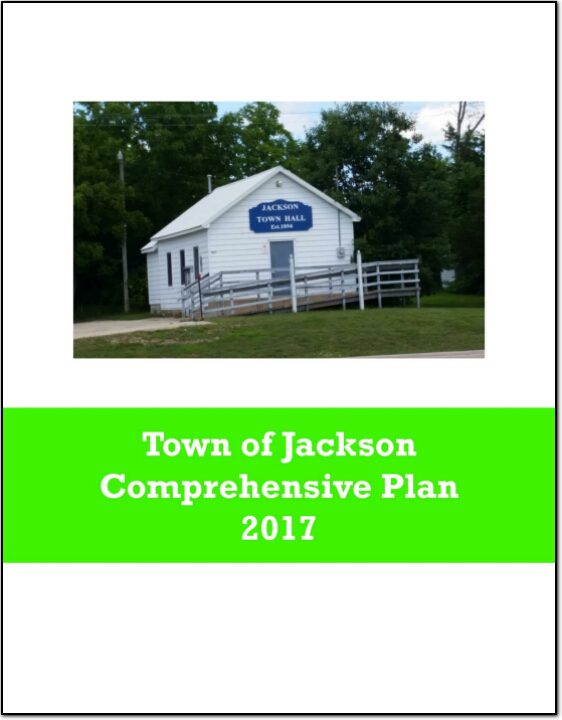
Marathon County All Hazards Mitigation Plan Update 2017
Marathon County All Hazards Mitigation Plan (AHMP) Update describes and documents the process used to develop the Plan Update. This includes how it was prepared and who (committee, organizations, departments, staff, consultants, etc.) was involved in the update process. It also describes the local government involvement, the time period in which the update was prepared, and who to contact to answer questions and make recommendations for future amendments to the Plan.
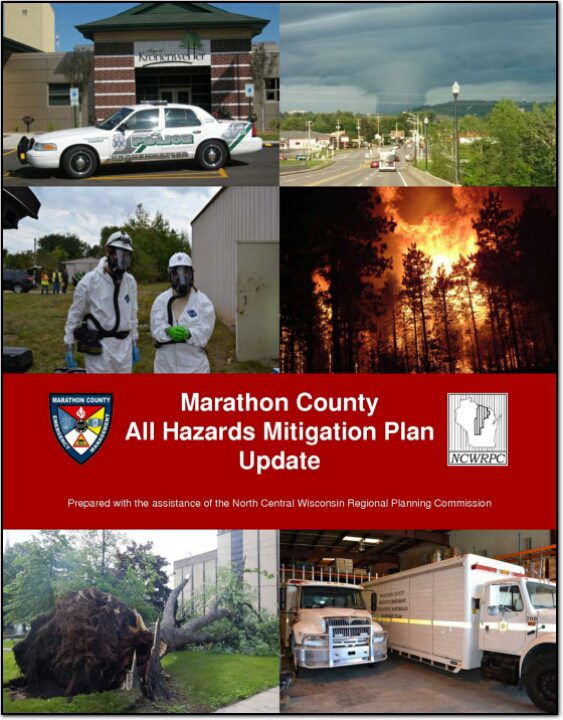
Metro Region Economic Development Assessment 2017
An assessment of economic development activities of the Marathon County urbanized communities. These municipalities are the Village of Kronenwetter, the Village of Marathon City, the Town of Rib Mountain, the Village of Rothschild, the City of Schofield, the City of Wausau, and the Village of Weston.
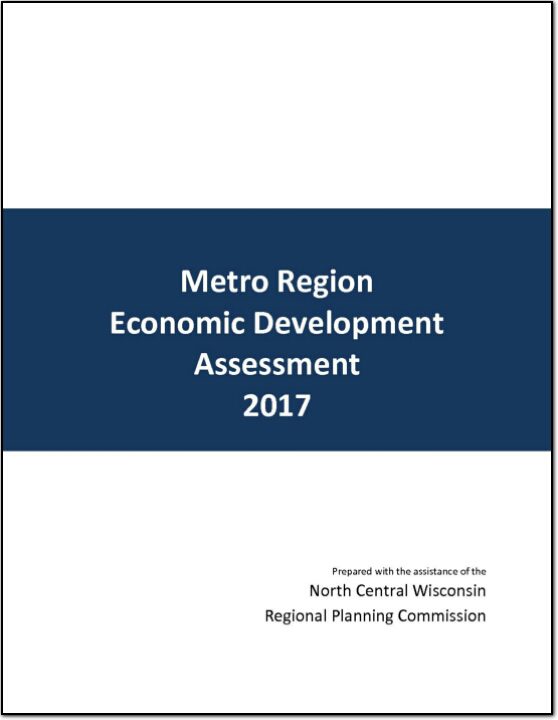
City of Schofield Outdoor Recreation Plan 2017-2021
The primary purpose of this outdoor recreation plan is to provide continued direction toward meeting the current and future recreation needs of the City of Schofield
This Outdoor Recreation Plan (ORP) was prepared pursuant to Wisconsin Statute §23.30 Outdoor Recreation Program. This section serves “to promote, encourage, coordinate, and implement a comprehensive long-range plan to acquire, maintain, and develop for public use, those areas of the state best adapted to the development of a comprehensive system of state and local outdoor recreation facilities and services…”
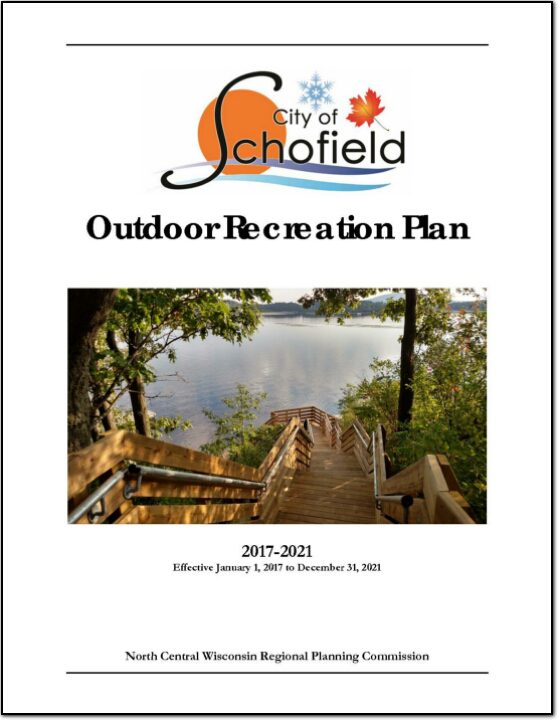
City of Merrill Comprehensive Plan 2017
The comprehensive plan is a local government’s guide to community physical, social, and economic development. Comprehensive plans are not land use regulations in themselves; instead, they provide a rational basis for local land use decisions with a twenty-year vision for future planning and community decisions.
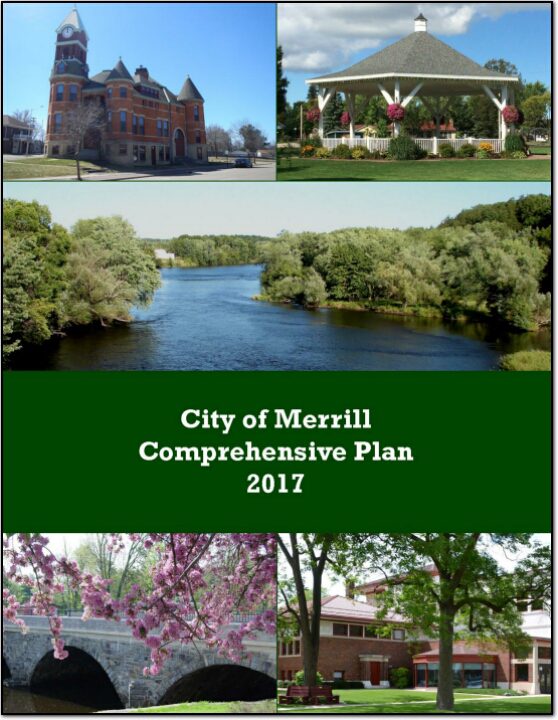
Town of Preston Comprehensive Plan 2017
The purpose of a Comprehensive Plan is to guide future growth and development in the Town over the next 10 to 20 years. A comprehensive plan provides the vision and direction for natural resource protection, housing and economic development, transportation and community facilities, land use, intergovernmental relations, and other factors that together form the community’s future. Comprehensive planning was enacted to encourage long-range planning for communities and provide consistency in land use decision making. The Comprehensive Plan is a guide that elected officials, residents, and business owners can use for directing growth and redevelopment in the community. The Comprehensive Plan is a long-range policy document consisting of goals, objectives, and policies prepared to meet the State’s definition of a comprehensive plan as defined under Section 66.1001.
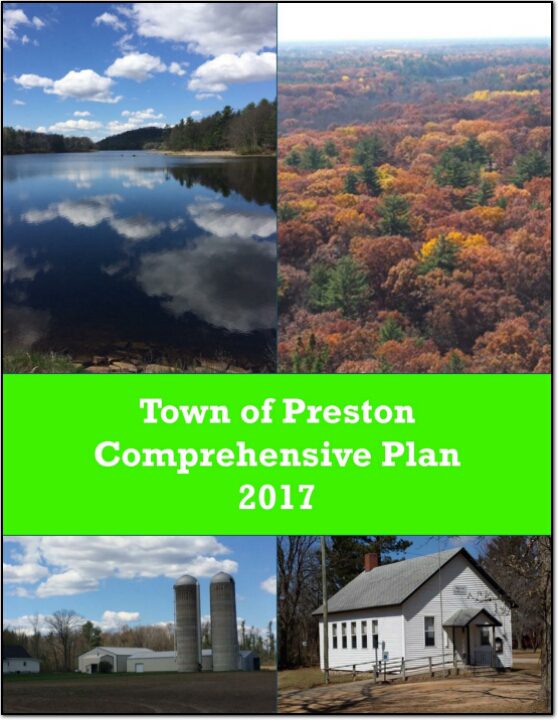
Juneau County Outdoor Recreation Plan 2017-2021
The primary purpose of this recreation plan is to provide continued direction toward meeting the current and future recreation needs of the county. This is accomplished through an inventory and analysis of outdoor recreational facilities, and the establishment of recommendations to meet identified needs.
Adoption of this plan by the Juneau County Board and subsequent acceptance by the Wisconsin Department of Natural Resources (WDNR), will continue eligibility of the county and its local units of government for Land and Water Conservation Fund (LAWCON), and Stewardship Funds. If a municipality wishes to cooperate with Juneau County and use this plan for grant applications it is not necessary for that municipality to adopt the plan individually. Local government grant applications have a better chance of approval if Juneau County applies on their behalf.
Non-profit groups, foundations, and the general public may also use this document to coordinate their own private efforts for developing outdoor recreation facilities.
This Outdoor Recreation Plan (ORP) was prepared pursuant to Wisconsin Statute §23.30 Outdoor Recreation Program. This section serves “to promote, encourage, coordinate, and implement a comprehensive long-range plan to acquire, maintain, and develop for public use, those areas of the state best adapted to the development of a comprehensive system of state and local outdoor recreation facilities and services…”
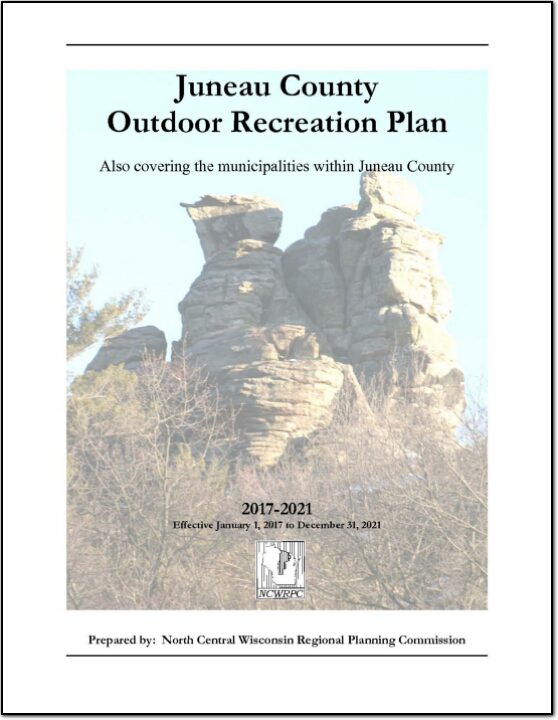
Town of Spencer Comprehensive Plan 2017
The Town of Spencer Comprehensive Plan is intended to guide town and county decision makers on a variety of issues over the next twenty years. This plan documents existing conditions in the Town and identifies primary issues or concerns to address in the future and identifies policies and actions to address those concerns. It includes information that assists in making decisions about such topics as future development, land use, transportation, housing, and economic development.
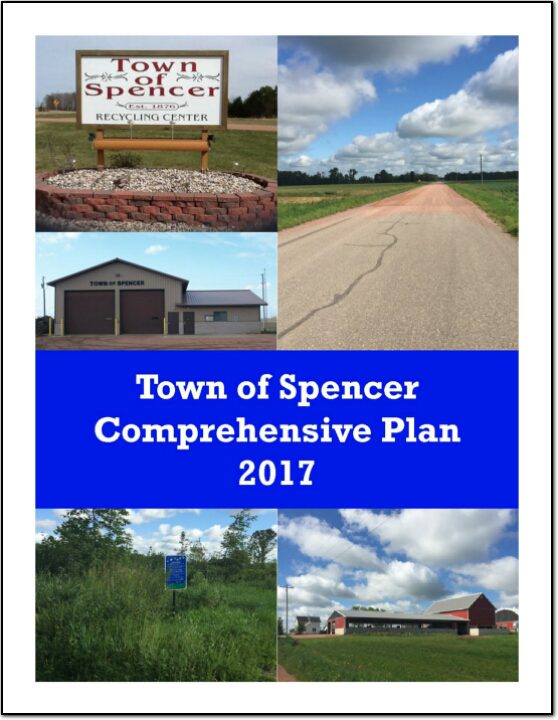
NCWRPC News Winter 2017 – Issue 61